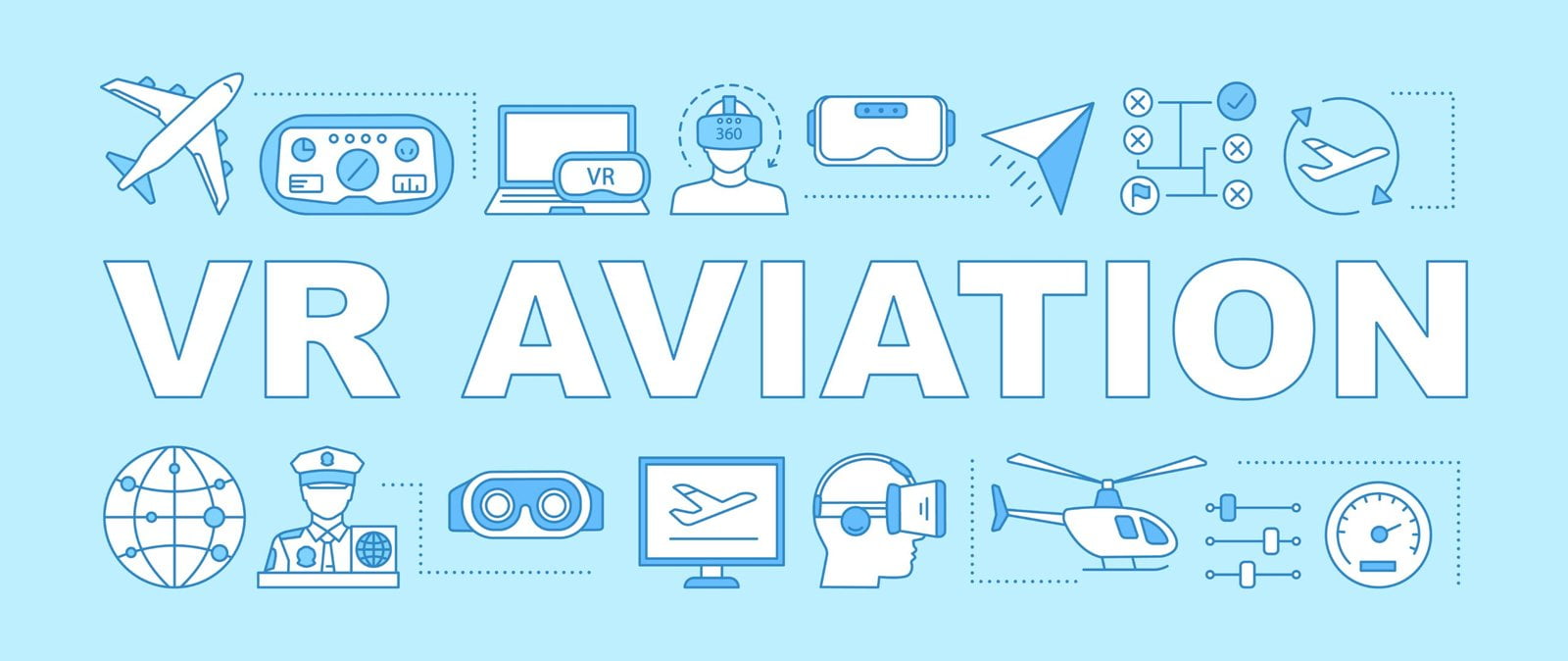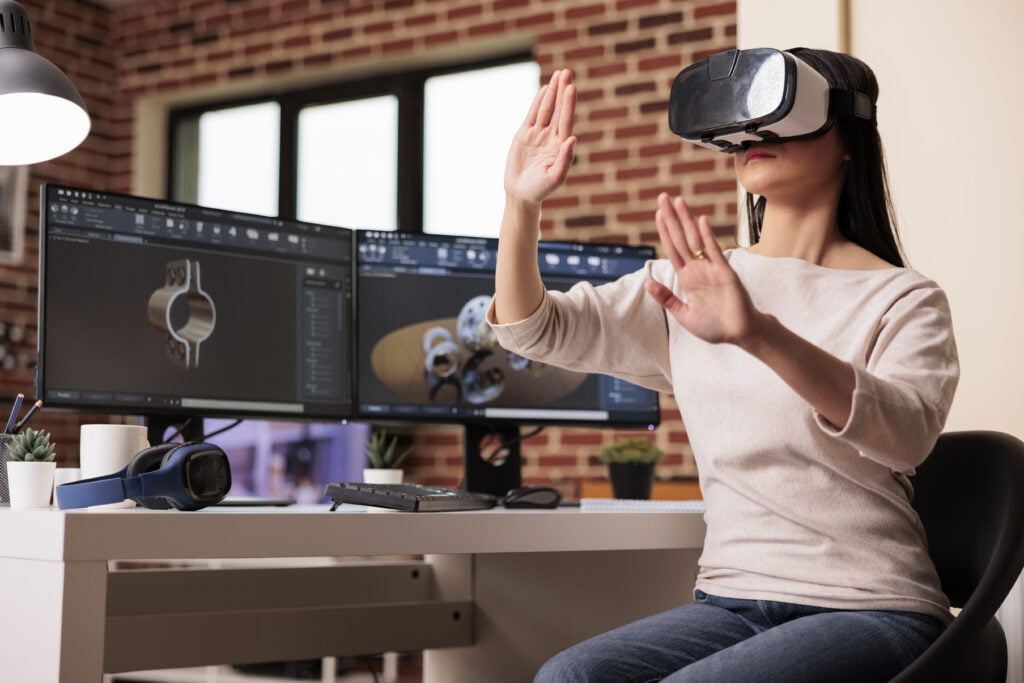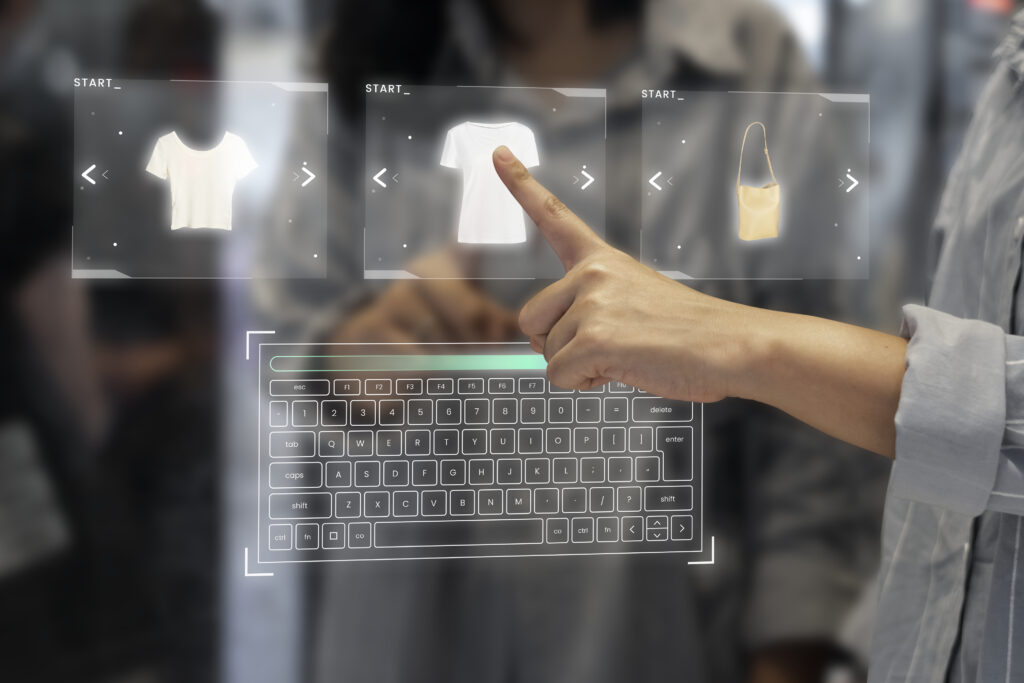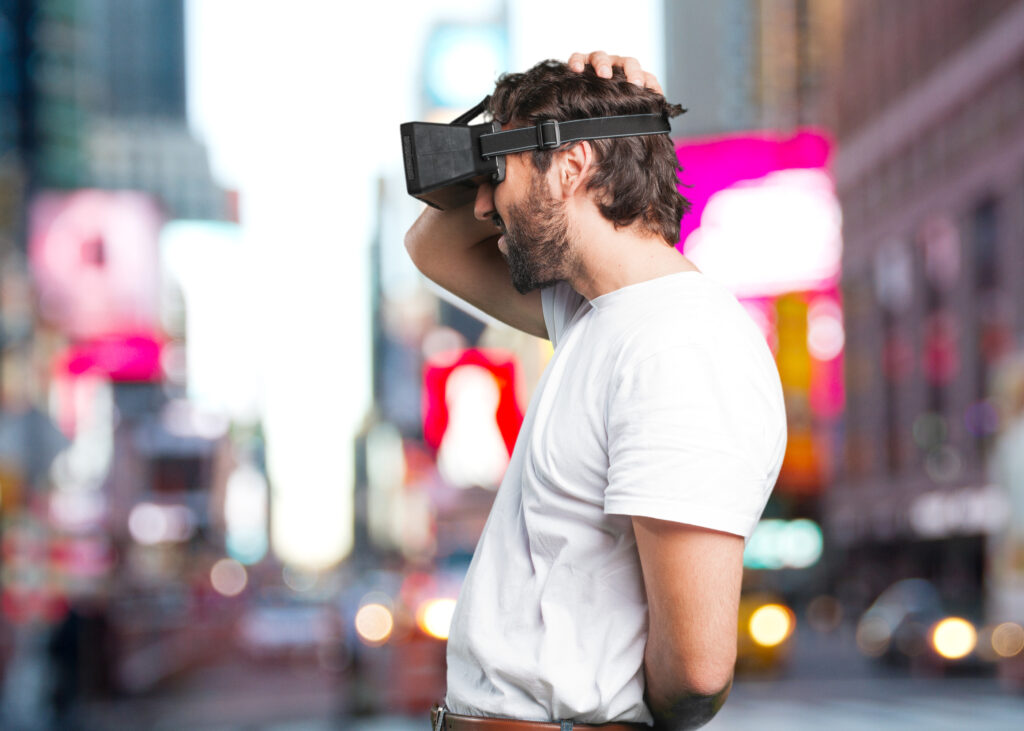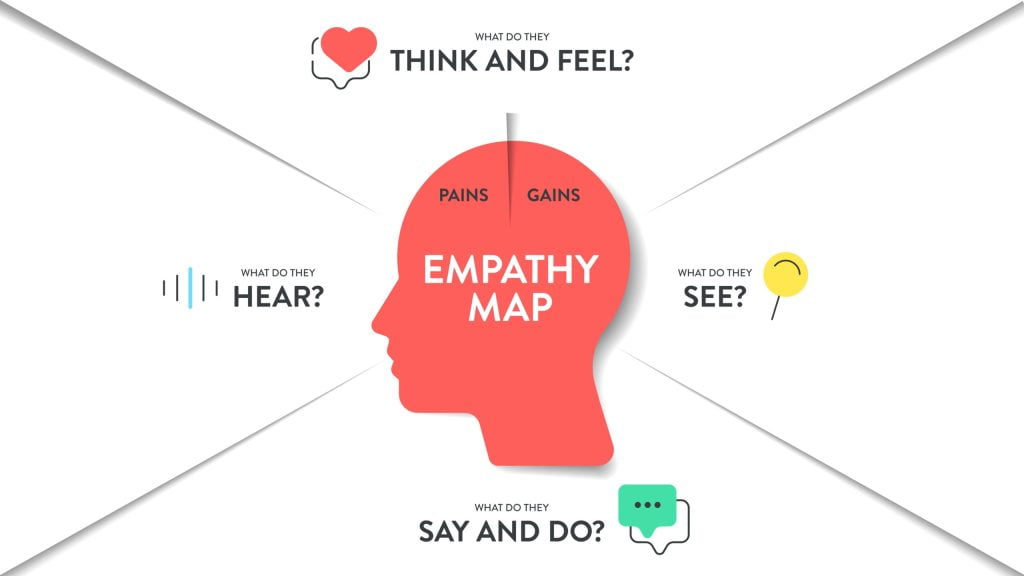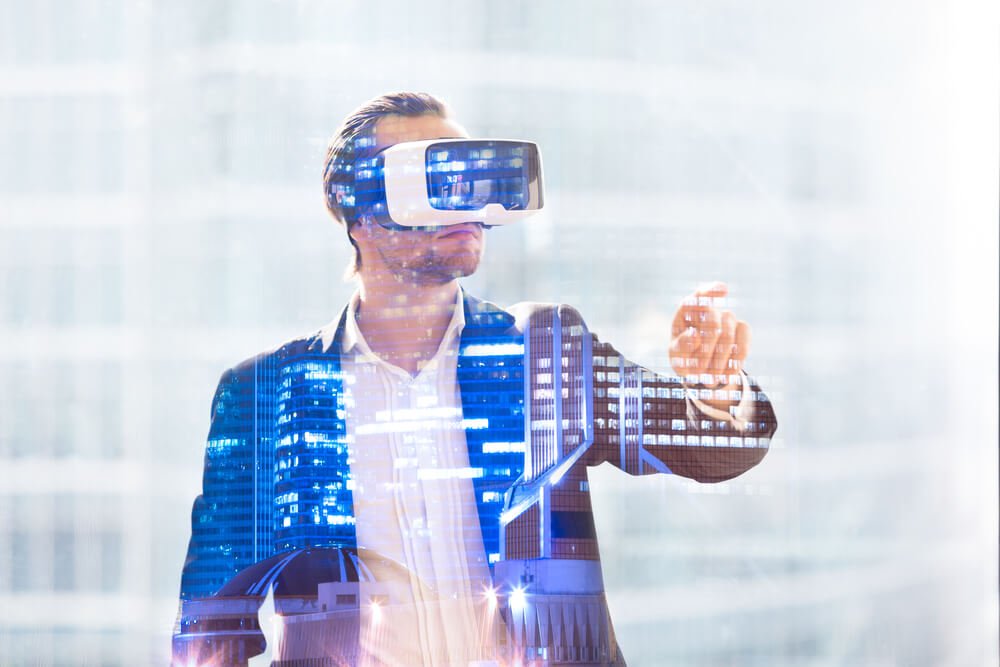Virtual reality in aviation training
Table of Contents:
For most of us, when we imagine the sunglasses worn by pilots, we think of classic aviators. They have been an indispensable part of the model pilot and, in many cases, built a positive image and inspired confidence among passengers. As a result, aviators became popular outside of aviation, with many people wearing them as a fashion item. However, with the increasing presence of virtual reality technology in our lives, aviator glasses may soon be replaced by VR goggles. So, how does VR technology help in pilot training? Read on to find out.
What is virtual reality?
Virtual reality (VR) is a three-dimensional image created using information technology. Importantly, virtual reality, by design, is supposed to evoke natural and real sensations in us. Unfortunately, achieving this goal is difficult because our minds are very good at picking up on details, so can quickly distinguish between the real and the virtual. However, with the help of VR goggles, anything is possible.
How do VR goggles work?
VR goggles are a piece of equipment that needs several components to work correctly:
- A device to generate the image. Depending on the level of sophistication of the goggles, it can be a smartphone, PC, or console.
- A screen divided into two parts. This allows an image to be projected onto the user’s eyes through optical lenses.
- Sensors (gyroscopes, accelerometers) available in smartphones or built into advanced VR goggles. These detect the location and movements of the user’s body, making the whole experience more immersive.
The principle of VR goggles is fascinating. In them, the image is transmitted to each eye through a standalone and integrated screen or a split screen on a smartphone. Appropriately shifted relative to each other, the images “trick” our brain into seeing the impression of 3D depth. Changes in position are, in turn, automatically detected by sensors. Of course, all this alters the 3D image displayed to the user. So, what does this mean for pilot training?
VR pilot training – is it the future?
Not surprisingly, the use of VR is increasing in various types of training, and the possibilities it offers pilot training are compelling, especially when combined with artificial intelligence. This form of learning is already being used by military pilots, as well as those training to become passenger airline pilots, flight attendants, and mechanics.
Unlock the future with Mazer: Your innovation partner.
XR and VR in pilot training
Virtual reality in flight training, as well as augmented reality pilot training, are issues worthy of attention. With virtual reality, future pilots can become acquainted with the cockpit, and then with this preparation, they can later use their time more efficiently while in the actual simulator.
Stewards and flight attendants can also benefit from virtual and extended reality training as they can practice tasks like passenger handling and various other scenarios. This is particularly useful when preparing for crises concerning passenger handling or how to behave during flight malfunctions and accidents. Using virtual reality in aviation training, it is possible to verify one’s strengths and weaknesses in the context of various situations that might be encountered on board an aircraft. It has even been successfully used by mechanics involved in aircraft repair to practice on virtual aircraft which they cannot physically damage before moving on to real vehicles.
Moreover, any event, from the common to the extremely rare can be simulated in virtual reality. Whether it’s a left engine failure, wing icing, or a fuel leak, any event can become the subject of a virtual exercise. In addition, when performing manual actions in virtual reality, our body acquires automatic reflexes – the so-called muscle memory develops, which helps workers to act automatically in dangerous situations. In pilot training, this is extremely important as quick action is required to ensure safety.
What benefits does VR pilot training provide?
The key benefits of VR pilot training include:
- the possibility to train pilots and aircraft staff in totally realistic conditions with the help of computer graphics that you cannot get in traditional flight simulators;
- easy monitoring of training progress, and the ability to customize training paths;
- no need to look for a reliable trainer – they can be replaced by a virtual counterpart in VR training software.
Indeed, VR in pilot training increases the effectiveness of the classes conducted and is an effective way of preparing pilots and flight attendants to do their jobs. Moreover, by training under controlled conditions, they can test their competence in different situations using VR and XR technology and constantly retrain those specific elements that cause them difficulties. In short, this technology makes the training process more efficient, more engaging, and, most importantly, safer.
Read also: Evidence For The Effectiveness Of VR Training
What is virtual reality?
Virtual reality (VR) is a technology that creates a three-dimensional, immersive environment using information technology. It is designed to evoke natural and real sensations in users.
Is VR technology being used in pilot training?
Yes, VR technology is being increasingly used in pilot training, particularly in military and passenger airline pilot training, flight attendant training, and aircraft mechanic training. VR allows pilots and staff to train in realistic conditions, customize training paths, and monitor their progress.
What benefits does VR pilot training provide?
VR pilot training provides several benefits, including the ability to train in totally realistic conditions using computer graphics, easy monitoring of progress, and the ability to customize training paths. It also eliminates the need for a physical trainer and makes the training process more efficient, engaging, and safer.
How does VR technology benefit flight attendants and mechanics in training?
VR technology benefits flight attendants and mechanics in training by allowing them to practice tasks like passenger handling and aircraft repair in simulated scenarios. This is particularly useful when preparing for crises and helps them to develop muscle memory, which enables them to act automatically in dangerous situations. VR training also allows them to verify their strengths and weaknesses in different situations and constantly retrain specific elements that cause difficulties.
Unlock the future with Mazer: Your innovation partner.
Author: Rafał Siejca
Rafal has over twenty years of corporate experience, including roles at Millennium Bank, Comarch, and leading software teams at PZU, one of Europe’s largest insurance companies.As one of Poland’s few true VR experts with a decade of experience, he ensures timely, high-quality project delivery as CEO and CTO.

